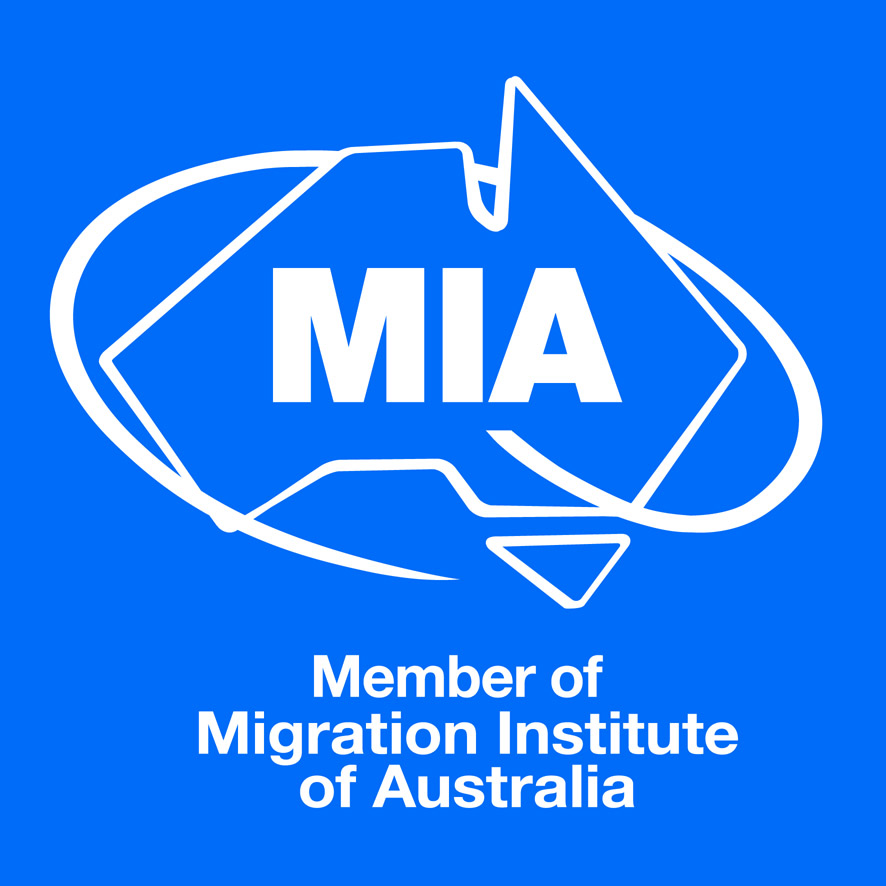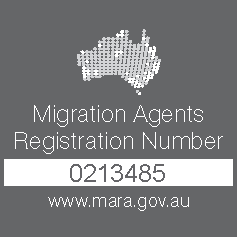The Albanese government announced at the recent Jobs and Skills Summit that it would increase the Permanent Migration Program numbers from 160,00 to 195,000 this financial year.
With labour and skills shortages at severe levels, this is welcome news for industries reliant on overseas workers. This additional 35,000 places will reflect a return to the high point of migrant intake that Australia saw a decade ago.
Where will these extra permanent places go?
The additional 35,000 places will be allocated as follows:
– 4,700 places for healthcare workers
– 5,000 places for employer sponsored workers
– 6,100 places for infrastructure workers
– 6,800 places for technology workers
– 9,000 places will go to the regions
The remaining places will be distributed to other industries such as agriculture and those where there are currently critical skills shortages. Needless to say, businesses, unions and regional leaders are all on board with the decision to increase the migration cap.
In addition to the increase in the migration cap, Immigration Minister Andrew Giles also announced that Home Affairs would get $36 million in funding to help clear Australia’s visa backlog. While processing times have improved, 500 more staff will be employed over the next nine months to deal with the expected increase in visa applications.
But that’s not all!
Australia’s migration system is set for an overhaul with Department of Home Affairs Minister, Clare O’Neil vowing that improvements to the migration system would happen quickly. She has acknowledged that Australia needs a migration program that will benefit small and big business and caters to the needs of the regions.
Ms O’Neill has also recognised that Australia is in what has been dubbed a global war for talent. It seems it’s easy for temporary migrants to come to Australia but highly skilled workers and those seeking permanent residence face more barriers. The process is expensive, bureaucratic and takes too long, making Australia a less attractive option for migrants.
While the Department of Home Affairs aims to make permanent residence more accessible, rules regarding training will also be reviewed. Australia brings in architects and engineers and other highly skilled professionals but makes them do years more training to pass Australian requirements. Hence Independent MP, Zali Steggall’s comment last week that ‘Too many engineers are Uber drivers!’ Mr Steggall believes that recognising overseas qualifications combined with more support for start-ups and companies seeking innovation will make Australia a much more attractive place for skilled talent worldwide.
Migration is a hot topic at the best of times but perhaps the impact of the pandemic on the Australian Migration Program has more clearly highlighted not only how much Australia relies on immigration but also the deficits in the current system.
If you would like to know more about any aspect of migration, contact the Visa Solutions team on 1800 828 008.







